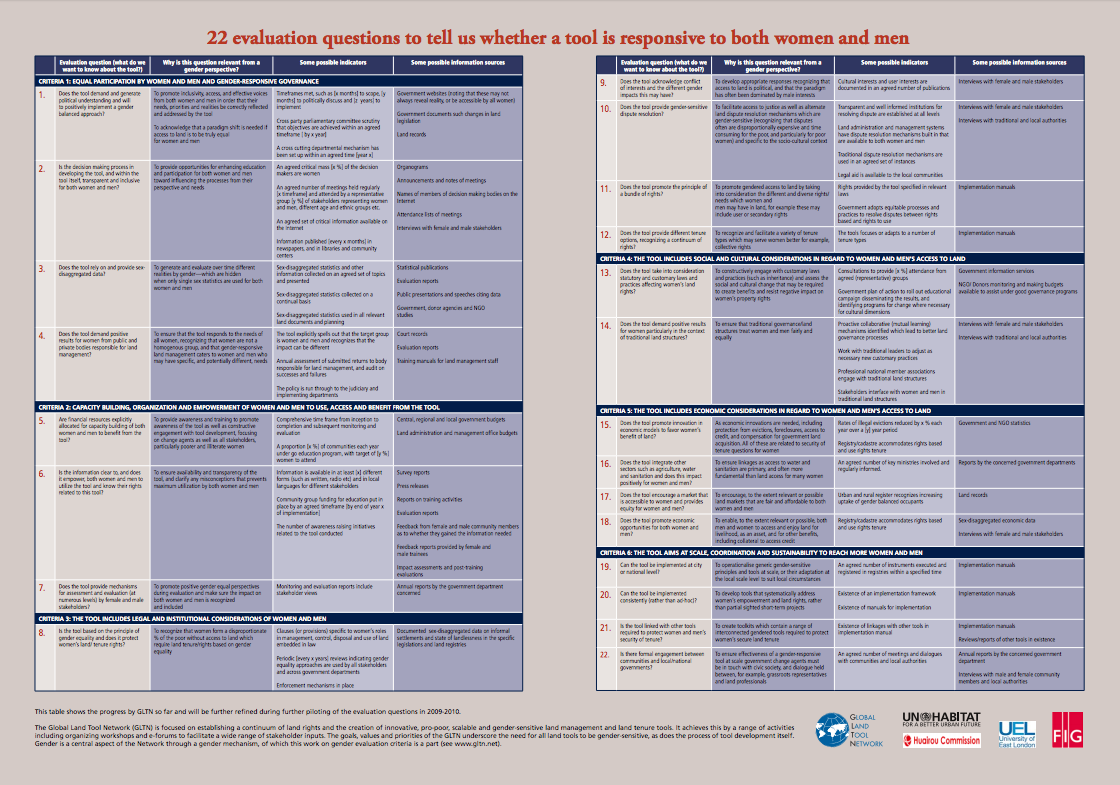La Revista Agraria n. 137: El poder del latifundio
En esta edición de La Revista Agraria presentamos un especial sobre la concentración de la tierra en el Perú, con artículos sobre el tamaño de los latifundios, variables a tener en cuenta para limitar la propiedad rural, el acaparamiento en la subasta de tierras del proyecto Olmos, y los problemas ambientales que presentan los proyectos de irrigación en la costa. También se hace un análisis del presupuesto del MINAG y la problemática del sector vicuñero.





